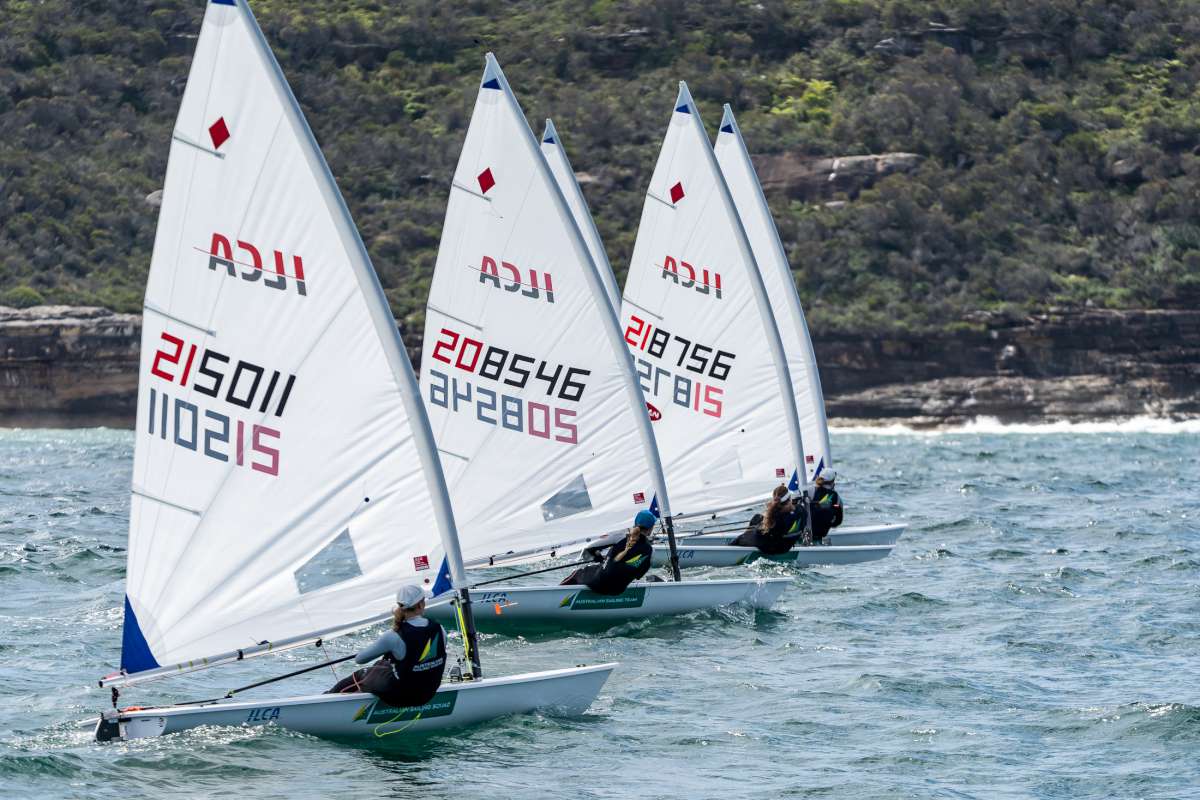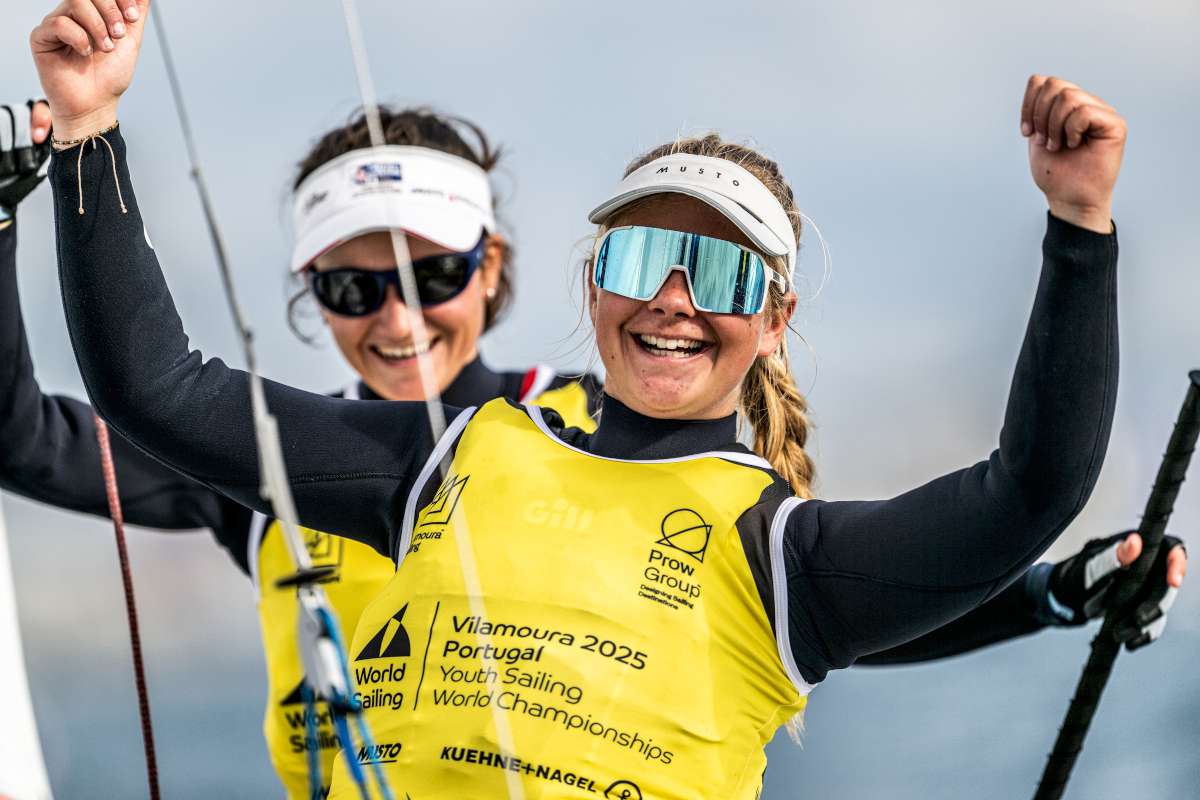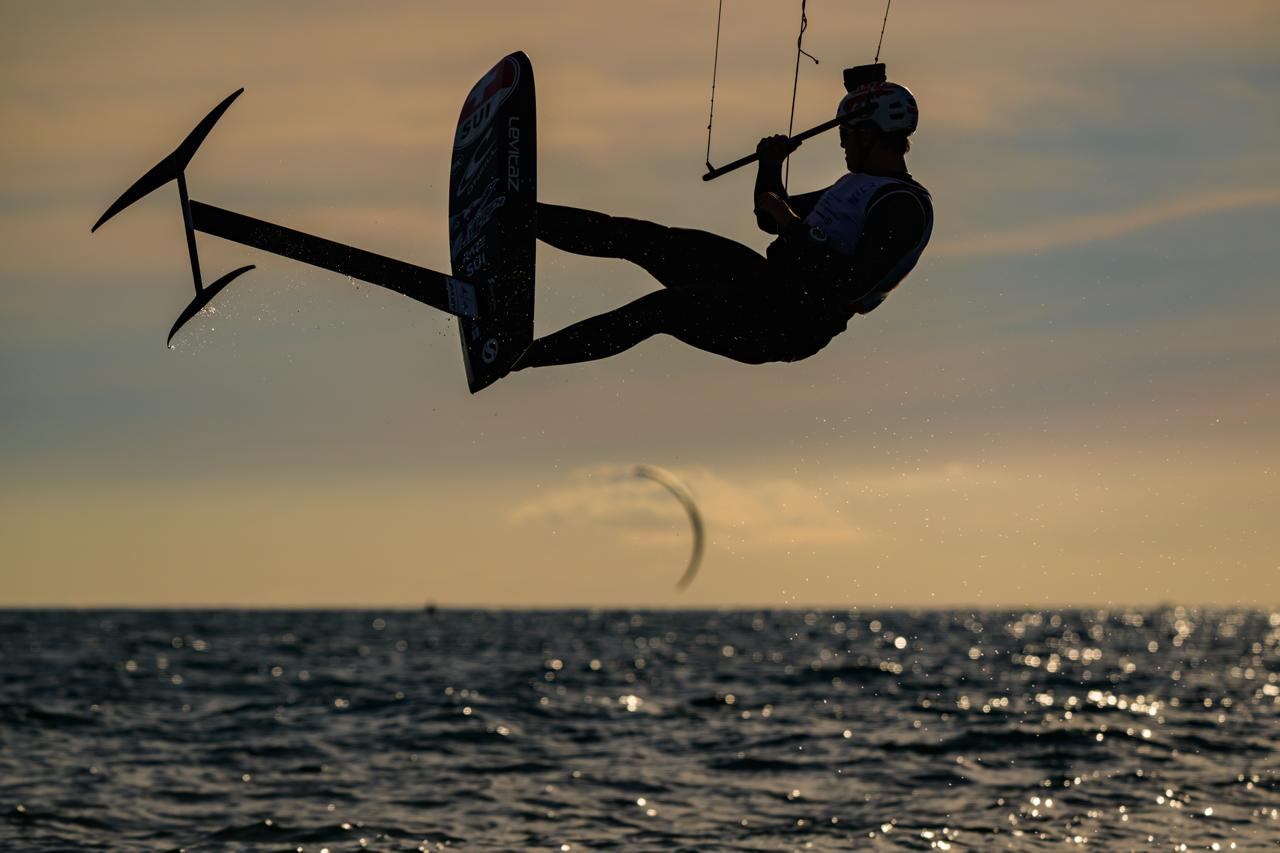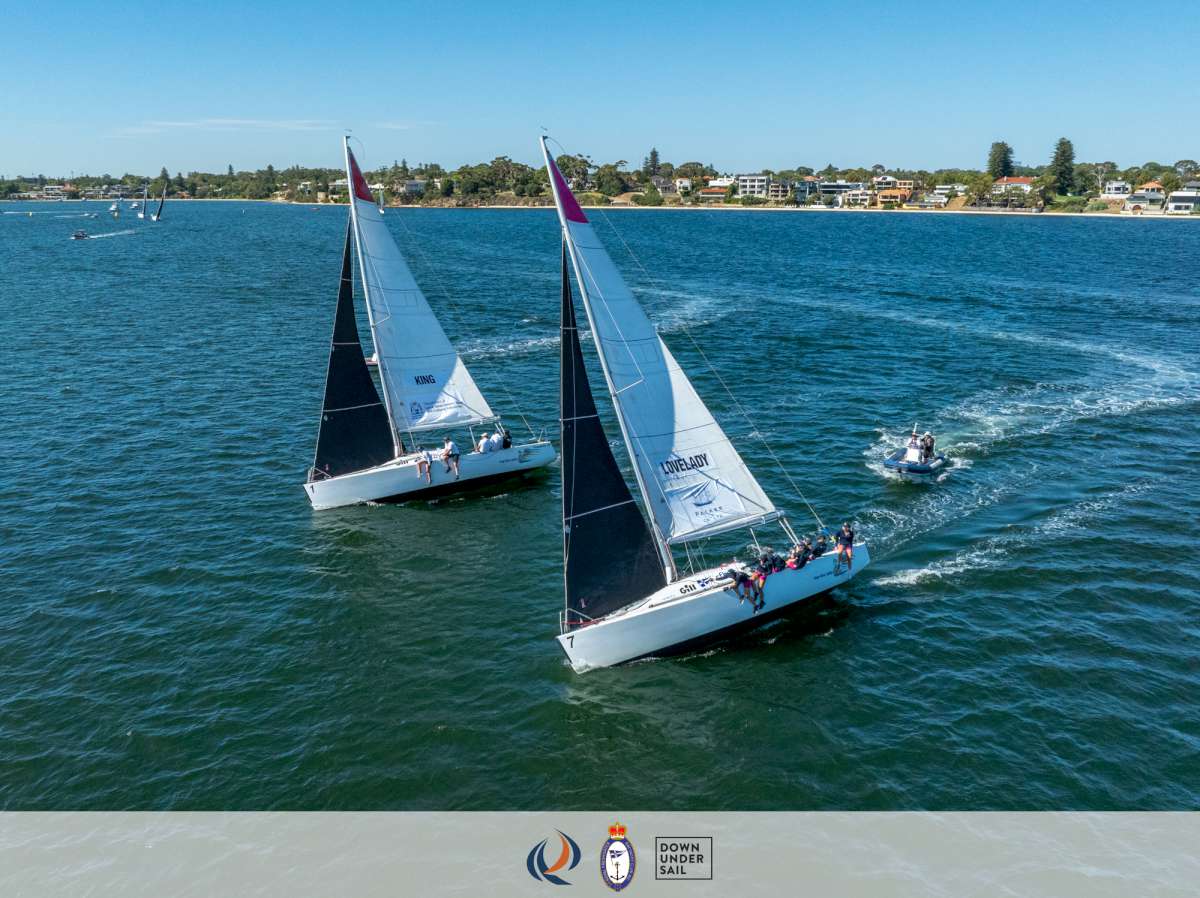A forecast of profoundly light winds is forcing crews to take drastic action before setting off tomorrow on the Royal Ocean Racing Club's Rolex Fastnet Race.
With high pressure mid-Atlantic and over Norway, little gradient wind is forecast for the 600 mile race course from Cowes to the Fastnet Rock and back to Plymouth before a front passes through on Wednesday. As a result chandlers are doing a roaring trade in anchor line, as competitors ensure they can kedge, to prevent themselves drifting backward on the tide, in deep water. Similarly anything not bolted down -in some cases including crew – is being left on the dock in the interest of shedding speed-sapping weight.
“It is going to be very pleasant!” quips Stan Honey, the eminent American navigator, former Jules Verne Trophy record holder and Volvo Ocean Race winner, from Jim Clark and Kristy Hinze Clark's 100ft Comanche. “It might be one of the nicest weekends of the year in southern England, but it is pretty rotten for sailing – really light, right on through until the morning of Wednesday the 19th.”
This forecast for the 90th anniversary Rolex Fastnet Race firmly favours the small boats which will be able to make the most of the wind when it does fill in later in the week. The mighty Comanche for example, recently confirmed as the world's fastest offshore racing monohull, is likely to take somewhere around three days to complete the course, twice as long as expected. Honey predicts: “We will get some breeze tomorrow afternoon, but once that glasses off tomorrow night, we will struggle in extremely light air.” While Comanche may finish before the breeze properly fills in, the smaller boats could spend more than 50% of their race in good conditions.
With the first three days set to be stop-start with the tide turns, the race will come down to who can sail smartest, finding what wind there is, who can kedge most effectively, etc. For example it should be possible to make progress by playing the thermal breezes – the onshore 'sea breeze' in the afternoon and the 'land breeze' during the night. But there are risks, as Honey puts it: “You can make gains by going offshore at night, but then you can often get pasted in the morning when there is a big light spot. It is a very uncertain situation.”
These thermal breezes rely on the temperature differential between the sea and land, which are more significant if it is sunny. However Campbell Field, navigator on Peter Harrison's TP52 Sorcha warns that cloud cover might prevent this. “I am not seeing huge temperature gradients, so you might be dubious about whether there will be much sea breeze. There is an argument for getting offshore, but it is basically undecided. I think I will make that decision about 3pm tomorrow afternoon as we get flushed out past the Needles!”
The most significant moment will be when a front crosses the Celtic Sea on Wednesday – the boats that pass Land's End late Tuesday in the building southerly and then reach the Fastnet Rock as the breeze veers into the west on Wednesday should do well.
Making tidal gates will also be a part of the tactical plan. While the boats leave the Solent on the ebb, the top part of the fleet would normally expect to get past Portland by the time the tide turns foul. “I am wondering whether we'll make it,” says Field. “We'll have to keep our eyes out of the boat and see what's happening over land. If we can get a little nudge, then we can sail with some speed towards Portland. I think there is a going to be some skilled anchoring happening during the race. We are wondering how deep it is in the Celtic Sea and if we have enough rope with us!”
Given the present forecast, Field is anticipating that Sorcha will finish sometime on Thursday. “But you only have to have a subtle change in wind speed and the angle for that all to change.”
So what would be the ideal boat given this forecast? Stan Honey reckons a small boat that sails well in light air or a medium-small boat “because in light air there is always a bit of an advantage to a taller rig.” Campbell Field: “A Folkboat! Or a JPK – any of those smaller light boats that can trickle along and sail well to their rating.”
The smallest boat in the fleet is exactly this: the Cabo 30 Santana, being raced two handed by Ashley Perrin and her yacht designer partner Merfyn Owen. The Cabo is a design from the US west coast, with a hull shape that Owen says slips along in light winds. The boat has also been modified to compete on the Lakes with a larger rig. More recently it has had a new keel fitted, a bowsprit and some new sails such as a Code 0, and an asymmetric kite to go with her symmetric kites.
“It is looking like a glamour thing for the smaller boats,” Owen agrees. “I ran the model and at Start Point the Class40s were only 12 miles ahead of us. But it is light airs, so anything can happen.”
The latest routing has Santana reaching Plymouth on Friday lunchtime.
– RORC Media






















